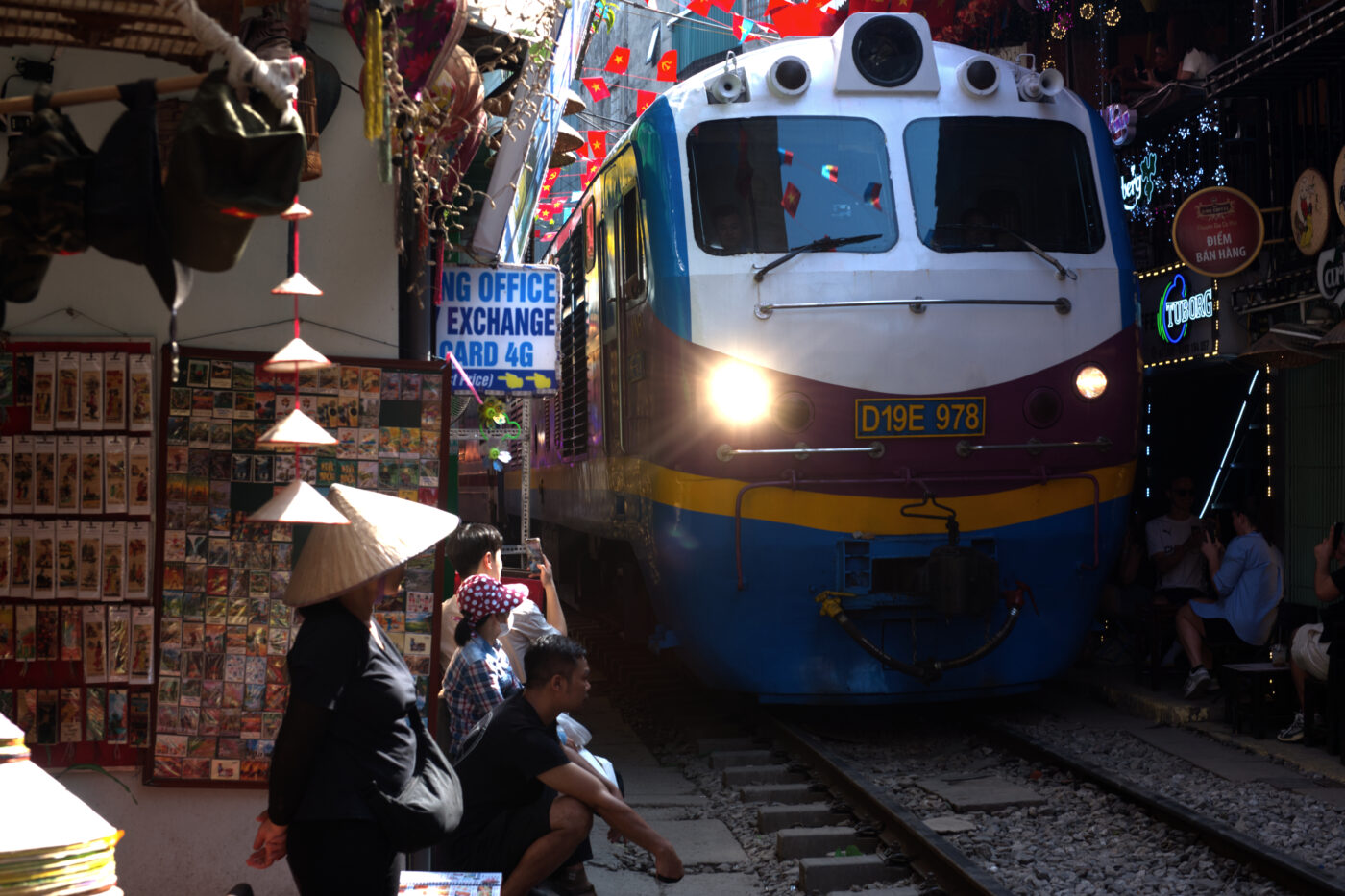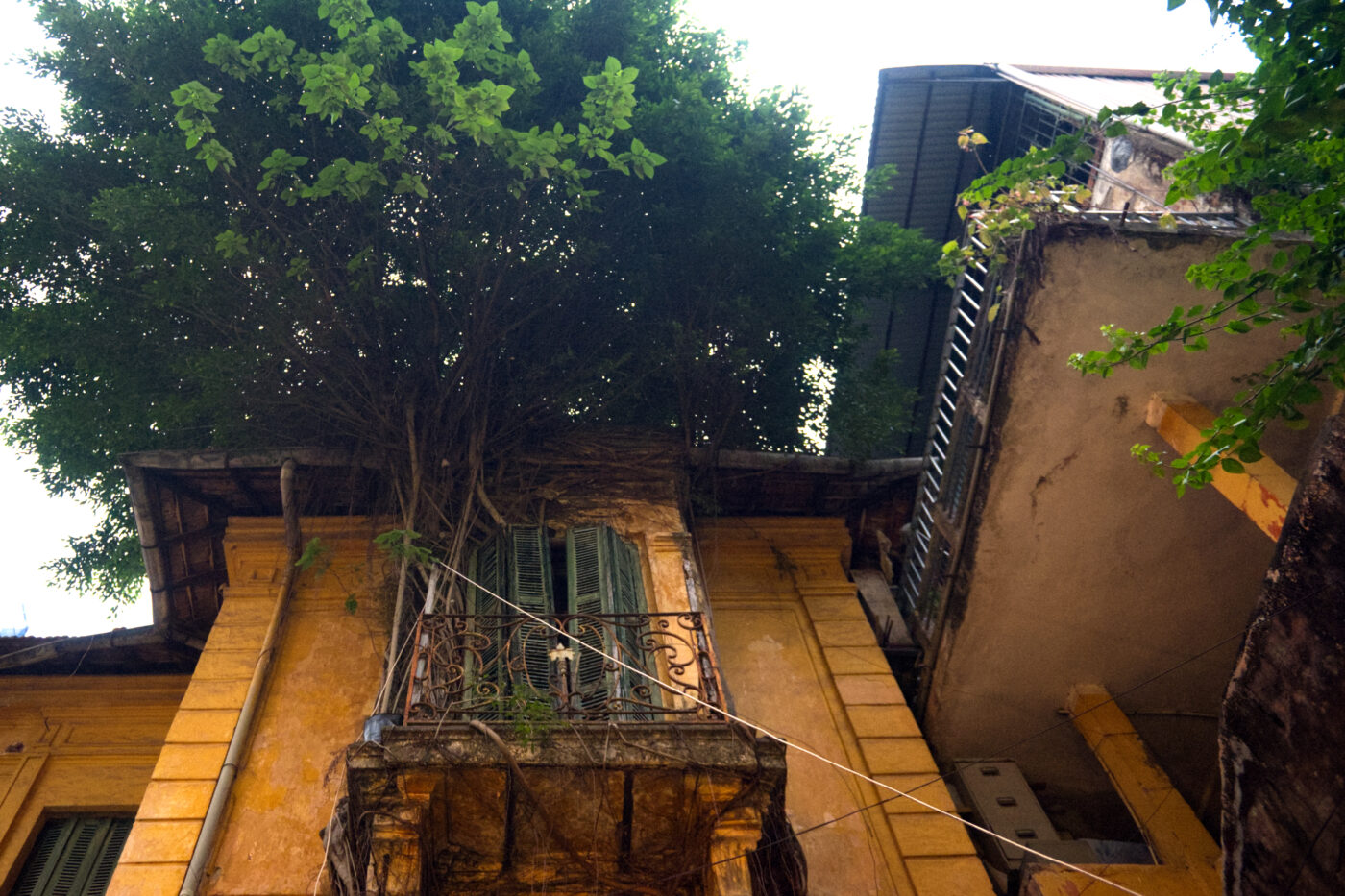I’m back in Hanoi — not just passing through, but staying long enough to reconnect with the city. It’s a place of contrasts: motorbikes racing down leafy boulevards, crumbling colonial buildings beside luxury shops, and ancient temples tucked next to gritty street stalls. Hanoi has been Vietnam’s political and cultural heart for over a thousand years — capital to emperors, colonizers, and revolutionaries alike. Its history lives in the streets: French facades, Soviet-era blocks, and centuries-old pagodas, all layered into a city that’s weathered conflict but never feels stuck in the past. It was my favorite city in Southeast Asia before this trip, and as I bring it to a close, it still is. I love the energy, the rawness, and the faded colonial edges that make it feel like nowhere else.
I set out before sunrise, hoping to snap photos of Long Bien Bridge just before rush hour. Built by the French in the early 1900s and heavily bombed during the Vietnam War, Long Bien is a weathered iron span that has carried generations of commuters across the Red River. It links the Old Quarter to Hanoi’s outskirts. Unlike the sleek bridges farther downstream, built mainly for cars and motorbikes, Long Bien still carries trains — and even makes room for pedestrians.
On my final day, I spent the morning walking down Trang Tien Street — one of Hanoi’s oldest and most prominent roads. Long before the French arrived, it was home to royal compounds, lakeside markets, and early urban life — a center of power dating back to the Vietnamese dynasties. During the colonial era, the French redeveloped the street and its surroundings, transforming the area into what became known as the French Quarter — a showcase of European urban design. At its head stands the Hanoi Opera House, framed by wide boulevards and grand facades meant to project elegance, order, and influence.




